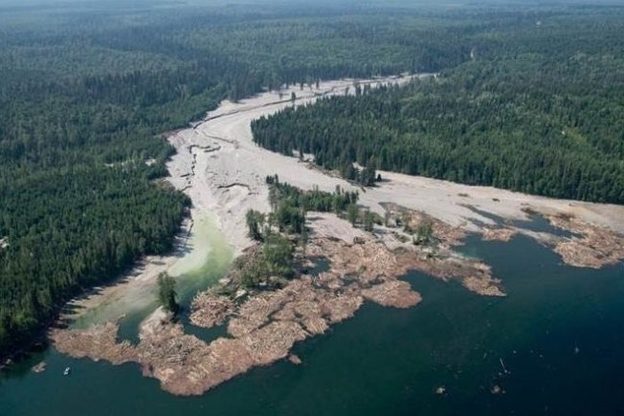
An overlooked source of key minerals
Actually suggestions to this effect have been around for a while, but get little attention.
In a study published (in August) by the journal Science, Holley and her colleagues aimed to quantify what else is in those rocks. They found that, across 70 critical elements at 54 active mines, the potential for recovery is enormous. There is enough lithium in one year of U.S. mine waste, for example, to power 10 million electric vehicles. For manganese, it’s enough for 99 million. Those figures far surpass both U.S. import levels of those elements and current demand for them…
This latest research is “very valuable,” said Hamidreza Samouei, a professor of petroleum engineering at Texas A&M University who wasn’t involved in the study. He sees it as a great starting point for a multipronged approach to tackling the byproduct problem and moving toward a zero-waste system. Other areas that will need attention, he said, include looking beyond discarded rock to the “huge” amounts of water that a mine uses. He also believes that the government should play a more aggressive policy and regulatory role in pushing for critical mineral recovery.
(Grist)
The red flag here is readily apparent to anyone who’s been following developments regarding proposed sulfide mining in northern Minnesota. Would further processing involve more acid being dumped onto the tailings, or other processes along those lines, and therefore an even greater ultimate likelihood of environmental disaster?
The study in Science wasn’t paywalled for me. From it:
By-product recovery is a resource-efficient approach to mineral production, presenting the triple advantages of waste reduction, utilization of existing mine infrastructure and environmental footprint, and leveraging the energy and emissions already expended in mining to produce a wider range of needed materials.
Unlocking the by-products from the rock that is already being mined will require considerable advancements. Investment is needed in geometallurgical research and processing technologies and in the mining and metallurgical engineering programs that are key to developing such advancements.
(Science)
“Presenting the triple advantages of waste reduction…” So people have obviously thought of that. But a lot of money is going to have to be spent to make all of this happen. As far as I’m concerned it would be worth every penny. But Big Mining undoubtedly thinks otherwise, and that would have to be dealt with as well.
Comment from Joe Musich: And Big Mining will of course be THE hurdle. Or maybe let the mineral recycling begin at abandoned mining locations with public dollars and give a public reward to taxpayers. However I’m not sure how much real abandonment there is where land has reverted to the state. The disadvantage is the MN has turned some of these company mine walkaways to parks.
Thanks for your feedback. If we like what you have to say, it may appear in a future post of reader reactions.


